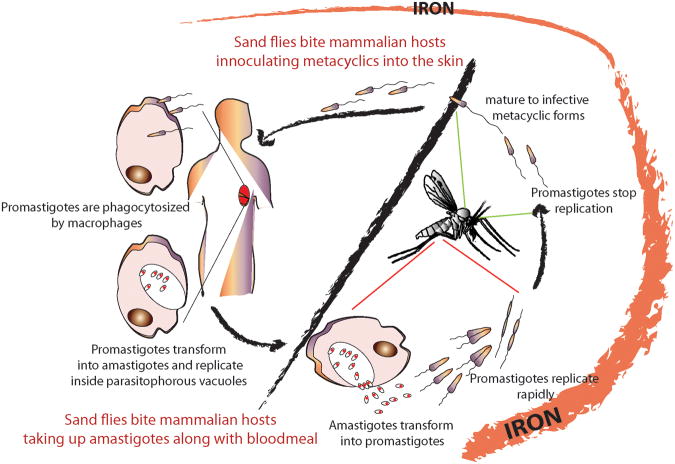Figure 1. The availability of iron changes during the Leishmania life-cycle.
Iron is abundant in the sand fly midgut following blood meals, as result of the breakdown of hemoglobin. Amastigotes taken up in a blood meal transform into promastigotes within the digestive tract and multiply by binary fission. A few days after the initial feeding the parasites cease to replicate and transform into infective metacyclic promastigotes, during the ‘sugar-meal phase’, when iron availability becomes limited.. The transmissible metacyclic forms are regurgitated into the skin of a mammalian host by the flies, entering macrophages where they transform into amastigotes within lysosome-like parasitophorous vacuoles. The low availability of iron inside PVs in macrophages triggers upregulation of proteins involved in iron acquisition (see Figure 2).

